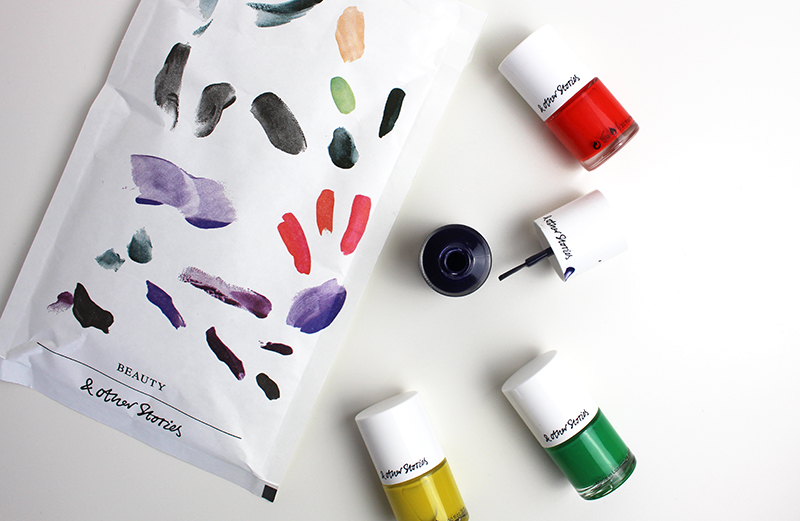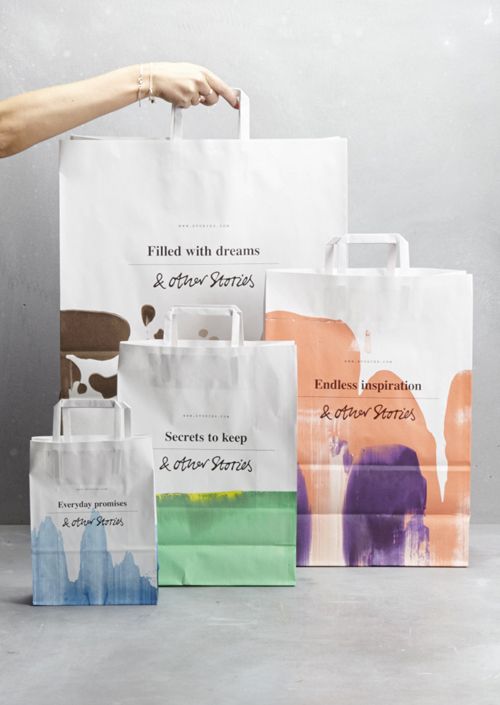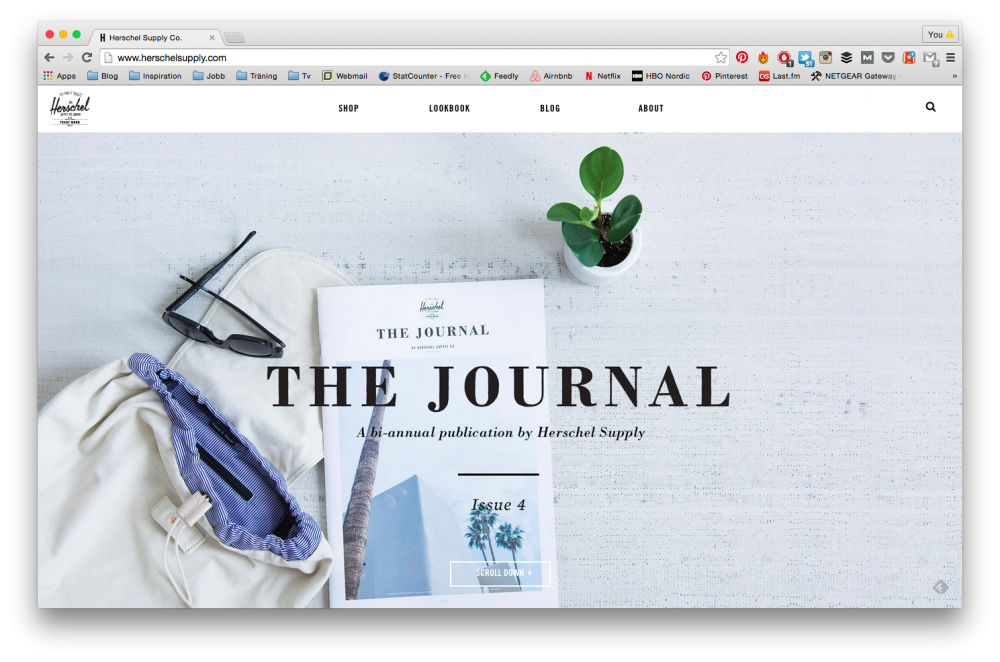Posts in Category: Ecommerce
Holiday Gift Guides
It’s that time of year again. If you’re an online retailer, the time to think about the holidays is now. Most shoppers do their research online and they’re getting more prepared each year. In 2014, it turned out that more than half of the shoppers began their christmas shopping as early as October – and also planning to do part of the gift buying online. Many customers don’t only turn online for the comfort, but are also looking for ideas and inspiration what to get their loved ones. Lucky for you, there’s tons of ways to start driving holiday sales now. How? Holiday Gift Guides.
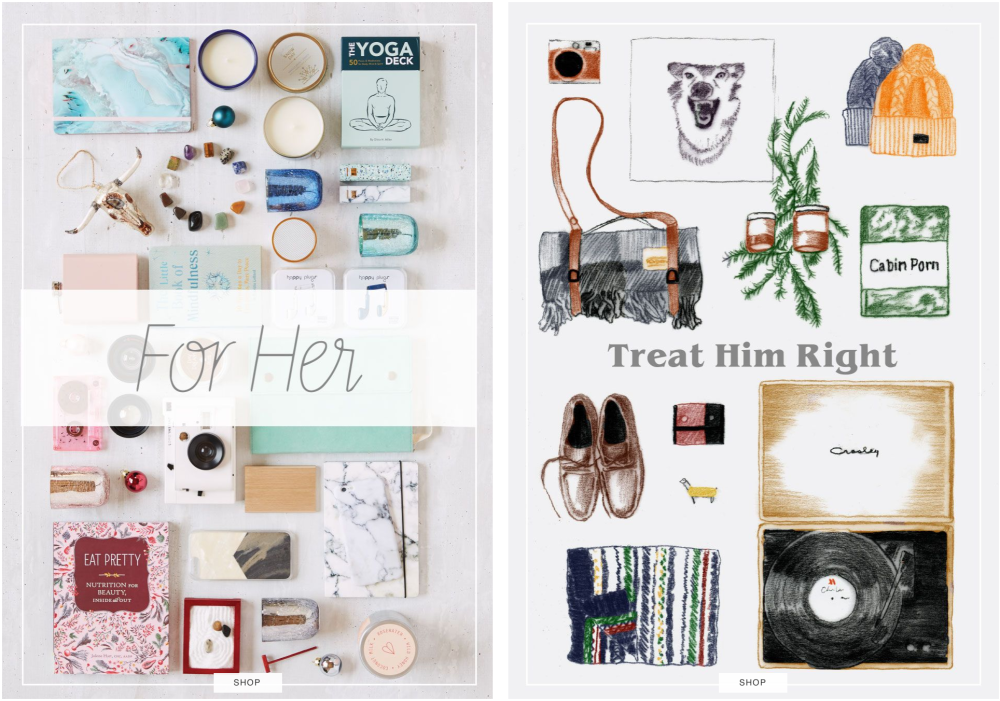
A few things to think about:
Assortment, shipping and delivery terms
A boring, but important note. Stock up good and be extra clear what delivery times and shipping methods are. When is the last order date? Do they have to collect their package? When the last order date is. Perhaps extend your returns policy?
Focus on content
Use your products, but try to find new ways to present them. Include a short introduction describing your guide and make the most of it – for SEO and for the visitor. Create content that inspires your visitors, and use this as an opportunity to adding high-quality content to increase visibility as well. An advent calendar, publishing one offer per day is one good way to increase traffic and boost your sales for the holiday season.
Make it personal
Inspiration is key here, try to be a bit creative with your theme and make it look real neat visually. Personalize the content as much as you can. Who is your gift guide for? Work on your copy and make it work along with your theme and incorporate this segmentation in to all other channels.
Integrate social media
Use all your channels to boost your traffic and cross-post your content.Boost your gift guides with paid ads on Facebook and Twitter to reach out to new customers as well. Adding social sharing buttons to your product pages is another easy way to get your products in front of your customers’ followers on social media.
Give something back
It’s the holiday spirit after all. Use promotions such as free shipping or nisched order add-ons such as a personal christmas card, cute gift or free gift wrapping on holiday orders.
Examples
There are a lot of single and multi-brands online that do this really well. Today I got an email from Nike launching their holiday gift guide. They work really well with copywriting on ‘giving’, displaying their offers but most importantly the onsite segmentation and product display:
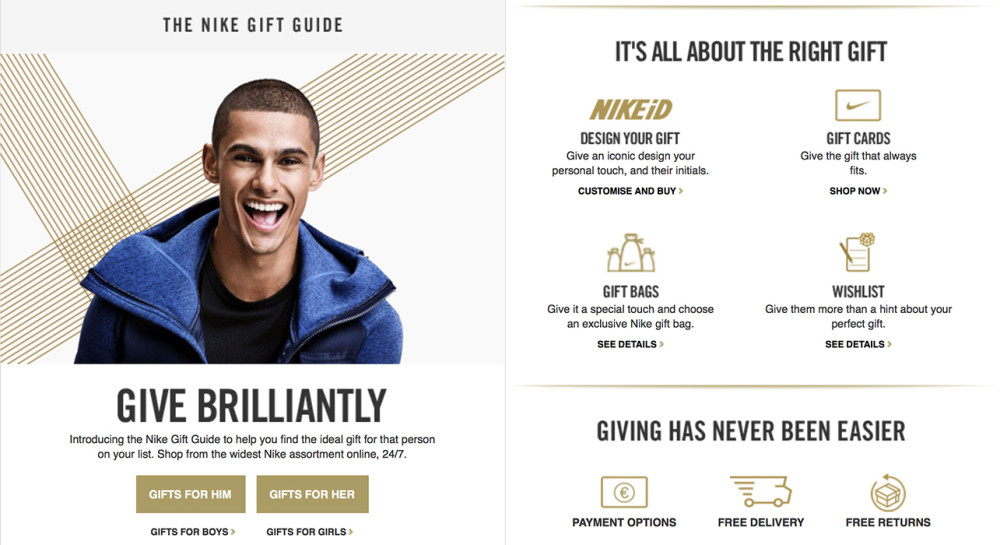
Clicking through to their site, I get to fill in a few options that shows me a curated selection of perfectly presented products.
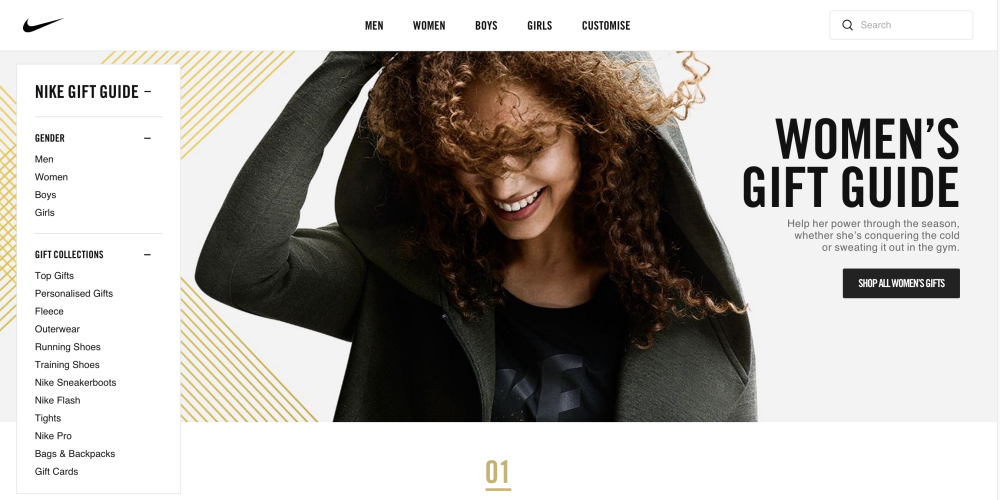
If you’re looking for more inspiration, Mailchimp has partnered up with Facebook, Google, Twitter and Shopify in a series of Holiday Marketing tips.
From Search to Store and the other way around
As I’ve written before, the buyer’s journey is not a linear process and customers’ expectations and demand are only getting higher. Our customers are constantly connected. If you’re a brand with an online business, you need to learn how to deliver and reaching out at just the right time whether they’re looking to learn, discover, find, or buy. Because thanks to the mobile availability: we want things right, and we want things right away. In other words, we now turn to our mobile devices to act out on a need.
We’ve all got an endless supply of information literally on our fingertips and it allows us to make well-informed buying decisions long before we even interact with the brand behind the product. And customers are not just getting information on their phones, they are making decisions: exactly what to buy, where and for how much money they’re willing to spend. This decision making process can be both extremely short and long; at home, on the go or even in stores, but it’s almost always there. 93% of people who use a mobile device for research go on to make a purchase. New numbers from Google says that 50% of consumers who makes a local search on their phones end up visiting a store within the day, and 18% of those searches leads to a purchase within the day. And when in stores, 82% of smartphone users turn to their devices to help them make a product decision – and nearly one in four change their mind while waiting in the checkout line after doing so.
What can we learn from this? Online brands need to be present in the exact right moment of the decision making process.You should start seeing this as an opportunity to connect with a potential buyer. What information do you need to provide to be able to answer these questions: ‘What’s the best choice? Can I afford to buy this? Is it worth it?’
E-commerce in 2015
In 2015, e-commerce is all about relationships: service, shipping, visibility and personalization. From now on, measurable success in an e-commerce business will rely on finding new ways to reach, engage and keep your customers happy. Staying one step ahead of these shifts, and your competitors, will help lead to both retention and revenue. There are a few things I see in the digital landscape that will continue to have massive effect on an e-commerce business as a whole, and if you do not have them in place now, you must start thinking about the how. In other words: they’re not even trends anymore, but necessary for your business’ growth:
Mobile Experience
This has been on the top of everyone’s to-do-list for a few years now, so this will be no news: your site needs to be mobile-friendly. A good mobile experience is a huge part of the buyer’s journey – more consumers spend time researching products and making a decision to purchase on mobile devices than ever before. One third of e-commerce purchases are happening on mobile devices. Firstly, being visible in Google’s index, having clear navigation allows your customers to move between the awareness, consideration, and decision stages of the buyer’s journey with ease. The customer is both savvy and demanding, and wants instant access to information. If someone is not satisfied with their browsing and/or shopping experience, they’ll simply move on to the next ranked page in the Google results. Google’s mobile-friendly label will have even more impact. Google will start to take the responsiveness and ease of use of your mobile site into account for rankings. No matter how good your SEO or marketing is, if you’re not mobile-friendly, you will lose valuable ground.
E-commerce merges with brick-and-mortar aka The Omni-Channel Experience
Online shopping behaviour is not a linear process. As a retailer, you must be consistent and accessible across all channels, at all times. This means that your online brand experience must be consistent with all other marketing and purchasing channels – social networks, online stores, and brick-and-mortar stores. It’s clear, every channel your business appears on needs to be optimized and maximized. To have an integrated approach to social content in your channels is no longer optional – it’s crucial. Consumers expect not just a cohesive, unified brand experience across channels, but also the ability to segment different parts of this singular buyer’s journey through multiple platforms.
Shipping and Delivery
Growing bigger online means having the small luxury to ask “can we keep up with order demands?” – the key word being demand. The online shopper is demanding because they know they can shop at any time of the day, from anywhere. Your online shop must be able to meet these demands, or you’ll end up losing their business. A good system to gather and sort overnight or early orders must be seamless to ensure you’re able to fill those orders as soon as possible. If you can’t compete with this, you need to find other ways to stand out from your competitors. Good value, loyalty programs or excellent customer service. Always be transparent.
I know this all sounds theoretical, so I will post a few simple examples of how to implement this in your day-to-day operative work, as well as your digital strategy.
Trend Report: Three Internet Trends
Every year, Mary Meeker writes about the trends that will be meaningful for the internet in the year to come and it’s the ultimate internet tech bible filled with stats. So half the year’s gone, but the report was released the other day. As of now, almost 40% of the world are now on the internet and the top companies are platforms (hello Apple and Google). If you have the time you can read the report cover to cover – no, not literally but in a PDF but if you don’t, here are some of the few most important notes that I drew from it.
1. Advertisement will go mobile. The mobile friendly algorithm will not only rank your page, but ads will also need to be optimized for mobile users: adaptive ads, multiple scrollable images and in store access based on gps.
2. User generated content is exploding even more. Companies need to meet their customers by using untraditional marketing methods and platforms that include content created by the actual consumer. Less sales and more engagement is the key. A majority of the customers still wants to hear about products through actual people with actual experience.
3. The user gets more and more demanding (pun intended) – we order food online, book Airbnb housing and watch Netflix on a daily basis. Everything’s just a few clicks away and we want it on demand and/or on the go. We must be accessible exactly when the user wants us to be. Not reaching out? Try and find new ways to do so.
Inspiring e-commerce: Herschel
Canadian accessories brand Herschel is one of the e-commerce sites I always come back to. They have a strong brand with a strong heritage, and they let it show. At first glance, there is nothing that stands out about the design – it’s minimal and modern with full width slideshows, images and white space. In other words: it kinda looks a lot like any other online retail brand. But what makes them stand out is their content: both the brand biography, blog and the outstanding imagery that is incorporated in every little thing they communicate. I love their editorial blog posts that all have a travelling theme that really captures “wanderlust” under the hashtag #welltravelled. But they also fill it with vintage inspiration, grand nature imagery and mix it up with real stories from fans and artists from all over the world.
